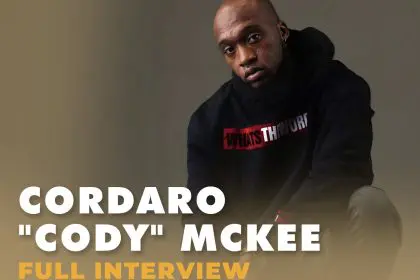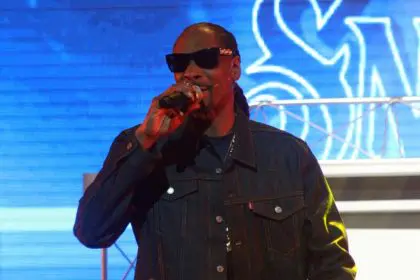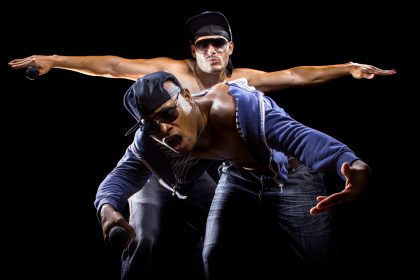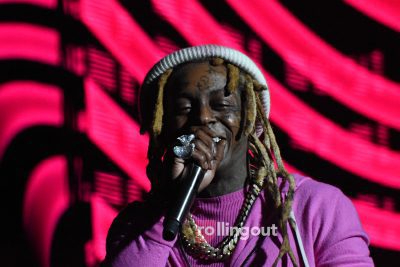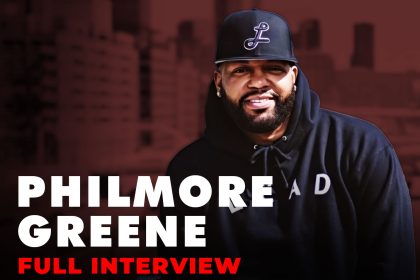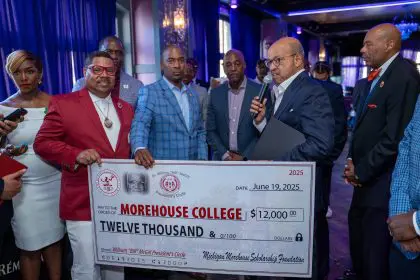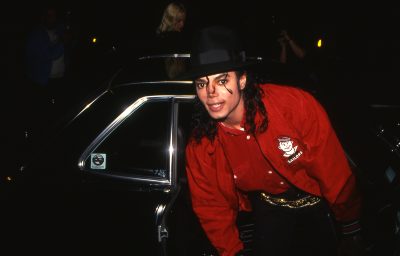Rappers embody their cities in ways that go deeper than area codes and shoutouts. The neighborhoods that raised them – every corner store, basketball court and subway platform – become the foundation of their sound, style and soul. Understanding this connection reveals why hip-hop remains the most geographically distinct genre in music.
Cities create signature sounds
A rapper’s flow carries the DNA of their hometown. Listen closely and you’ll hear how geography shapes delivery, cadence and rhythm. New York rappers bring razor-sharp wordplay and intricate rhyme patterns that mirror the city’s relentless pace. Southern artists from Atlanta or Houston lean into syrupy, bass-heavy beats that move like summer heat through their verses.
These regional differences run deeper than accent or slang. Detroit’s industrial grit produces a raw, unfiltered sound. Los Angeles brings laid-back funk influences from decades of West Coast musical tradition. Chicago’s drill scene emerged from specific neighborhoods facing specific struggles, creating a sound as distinctive as a fingerprint.
Without hearing a name or seeing a face, trained ears can pinpoint an artist’s origins within a few bars. The city speaks through them whether they realize it or not.
Environment shapes emotional texture
The feeling in a rapper’s music reflects the emotional temperature of their environment. Cities dealing with poverty, violence and systemic neglect produce artists who channel pain into poetry. Their tracks become survival anthems, testimonies and cautionary tales rolled into one.
Consider these stark contrasts:
- Chicago drill’s haunting minimalism mirrors life in forgotten neighborhoods
- Miami’s party anthems reflect a city built on celebration and excess
- Oakland’s revolutionary spirit echoes through politically charged verses
- Memphis rap carries the soul of a city steeped in blues history
Beat selection, lyrical content and vocal delivery all stem from these environmental influences. Artists don’t just report on their cities – they embody them.
Neighborhoods become narratives
Great rappers transform local geography into universal stories. Street names, high schools and neighborhood hangouts become characters in their narratives. These aren’t random details – they’re anchors that ground the music in reality.
Nas turned Queensbridge into mythology through “Illmatic.” Kendrick Lamar made Compton a character in “good kid, m.A.A.d city.” Jay-Z’s Brooklyn references chart his journey from Marcy Projects to Madison Square Garden. These albums function as audio documentaries, preserving specific times and places through rhythm and rhyme.
Fans don’t just learn about the artist – they receive guided tours through neighborhoods they may never physically visit. The music creates intimacy between listener and location, making strangers feel like locals.
Communities build and test artists
Cities provide both launching pads and obstacle courses for emerging rappers. Local open mics, barbershop cyphers and neighborhood DJs offer first stages. Regional radio stations and hometown crowds provide initial validation. This grassroots support system nurtures talent before the world discovers it.
But the same streets that celebrate success can create challenges:
- Territorial beefs that spill into lyrics
- Economic pressure that demands quick money over artistic growth
- Violence that cuts careers short
- Local expectations that limit creative evolution
Artists who navigate these dual forces – community love and street pressure – often create the most compelling music. They transform neighborhood struggles into universal themes, making personal pain relatable across ZIP codes.
Style as city pride
Visual presentation connects rappers to their roots as strongly as their lyrics. Fashion choices function as hometown uniforms – Timberlands in New York, Dickies in Los Angeles, gold grills throughout the South. These aren’t just style choices but cultural signals that communicate origin and allegiance.
Music videos filmed in neighborhood landmarks serve multiple purposes. They authenticate the artist’s claims, celebrate local culture and provide visual context for the stories being told. When rappers wear hometown jerseys or tattoo area codes on their bodies, they’re pledging permanent allegiance to the places that made them.
This geographic branding creates instant connections with local audiences while intriguing listeners from other regions. Authenticity sells because it can’t be faked – either you’re from there or you’re not.
Why origin stories matter
Understanding where rappers come from unlocks deeper appreciation for their art. Geographic context explains why certain themes dominate, why specific sounds emerge and how regional movements develop. The city isn’t just backdrop – it’s co-creator.
When artists claim their cities in songs, they’re doing more than stating facts. They’re:
- Acknowledging the communities that shaped them
- Carrying their neighborhoods’ stories to global audiences
- Creating soundtracks for places often overlooked
- Building bridges between isolated communities and mainstream culture
Hip-hop’s power lies in this ability to make the local feel universal while keeping the universal grounded in specific locations.
Cities live through their artists
The relationship between rappers and their hometowns runs both ways. Cities gain cultural capital through the artists they produce. Atlanta’s dominance in modern hip-hop brings tourism, investment and cultural cache. New York’s historical significance in rap’s creation maintains its status as a creative mecca.
Successful rappers become ambassadors, historians and economists for their cities. They document change, preserve memory and sometimes fund the very communities that raised them. The music creates feedback loops where artistic success translates into neighborhood investment.
This symbiotic relationship ensures that as long as cities produce stories worth telling, rappers will emerge to tell them. Each generation adds new chapters while honoring the foundation laid before them.
The next time you hear rappers shout out their cities, listen deeper. They’re not just stating geography – they’re acknowledging the force that shaped every aspect of their artistry. From flow patterns to fashion choices, from lyrical themes to life philosophy, the city remains the ultimate collaborator in hip-hop’s ongoing story.


